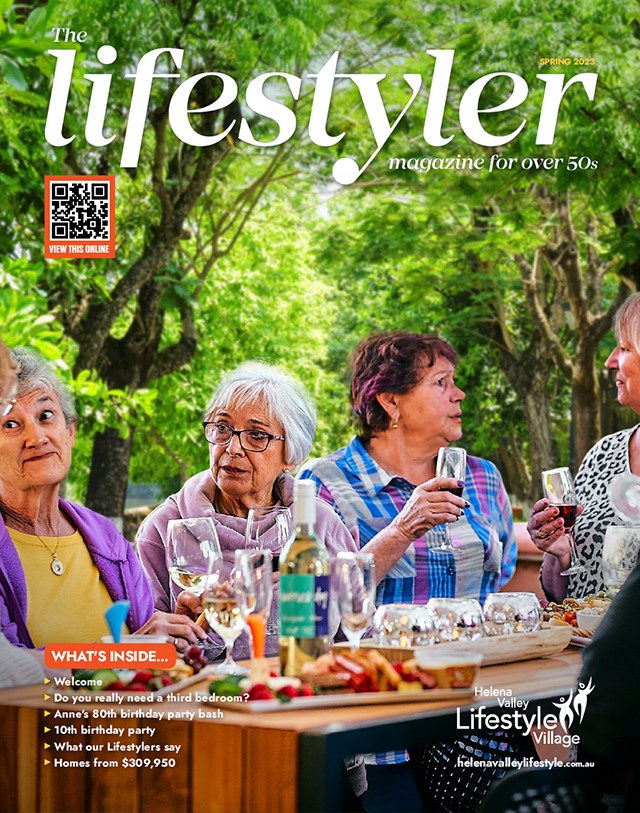National Lifestyle Villages’ consultant architect, Richard Hammond is an authority on sustainable design and has been for much of his career. His influence for greener living is evident across many NLV village developments and his passion for creating cleaner, kinder, efficient and enriching environments in which to live give him the greatest joy.
Richard, when and how did your passion for sustainable design evolve?
It started with my fascination with the natural environment as a child, learning to understand ecological systems and the interdependence of simple elements in complex whole systems. I spent a lot of my time growing up in or around the ocean and the bush and was taught to treasure the natural world. In my training as an architect I learnt how to develop appropriately for climate and how to select and use materials in a way that, while pragmatic, produced beautiful spaces and things. I was always interested more in what architecture did for peoples’ lives and less in what architecture is. Much of my career has been working to provide appropriate medium-density housing that enables people to live with dignity and comfort in affordable solutions. More recently my concern about the devaluation of our environment through ongoing development has made me more aware of the quality that is possible if we design in harmony with the place we inhabit.
What are the key elements for a sustainable development?
The project must be beneficial economically and socially. In responding to the environment it is very important to undertake proper analysis, and to look, listen and learn – leading to an understanding of the environment we are developing in – climate, geomorphology, flora and fauna and context. It is necessary to respond to the place with both head and heart. That leads to the shaping of design responses for the various features of a project which assist in producing a beautiful, humane environment that people will take pride in and nurture.
The Green Building Council of Australia suggests the following five principles for developing sustainable communities:
- Enhance liveability
- Create opportunities for economic prosperity
- Foster environmental quality
- Embrace design excellence
- Demonstrate visionary leadership and strong governance
How can residents benefit from a sustainable living environment?
Firstly by living in a supportive community, at a price they can afford, which provides quality in their environment – comfort in their homes, access to enriching social and diverse educational possibilities, in spaces that suit the sun and wind with beautiful landscaping that moderates the micro climate and provides a habitat for native fauna. Secondly, reduced living costs with smaller energy and water bills, and thirdly, living in a project designed for longevity and low maintenance due to the selection of materials and systems and an over-arching governance system that protects their investment and ensures their rights.
Why do you think so many developers don’t adopt a sustainable master-plan for their developments?
I think the emphasis is changing – more purchasers are looking for sustainable outcomes and more developers are responding – assisted by the increase in information and appropriate technologies now available. Essentially, the development industry is inherently conservative and will continue to do what it has done before unless the market requires something different. The smart developers are ahead of the pack, responding to community needs and caring for the planet – influencing the market and hence the industry.
Are there challenges associated with sustainable design?
Generally, human beings resist change. That means that at all levels there will be some resistance to changing to sustainable development models – financiers, clients, statutory authorities, material suppliers and trades-people. It is necessary to have a strong vision and to share it with all the people who are involved with the project. If that happens, most challenges can be overcome. Specifically, in terms of economics it is necessary to take a longer term view and include valuing the existing environment – the costs of some elements may appear higher to begin with, but over time can pay for themselves; the reduction in service provision by developing to a lower “footprint” (using less power and water) can provide savings in upfront headworks costs which may not be immediately apparent.
Information in this article is true and correct as of 1 August 2017.
Back to Newsroom






